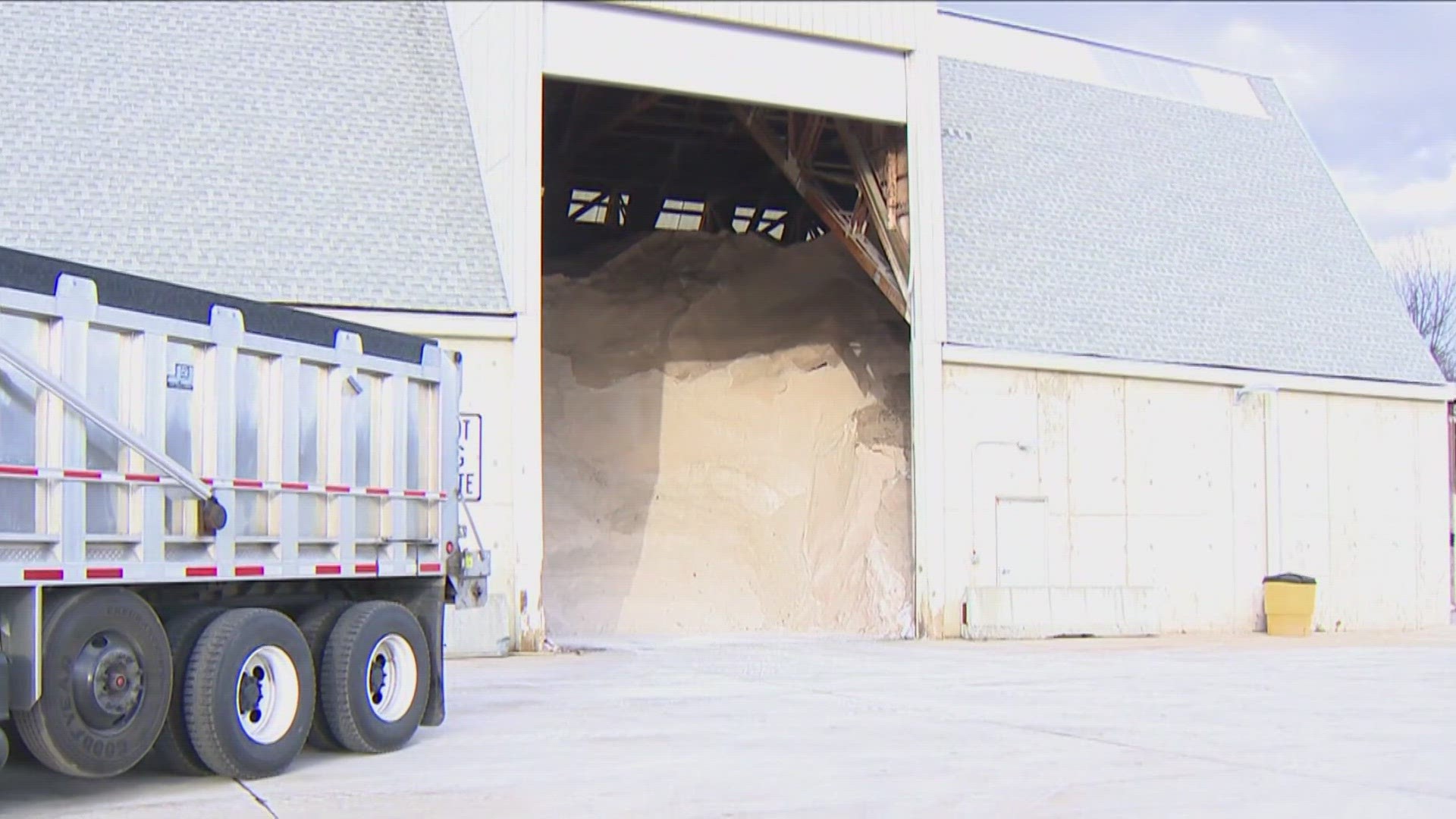WASHINGTON D.C., DC — Salting the roads before a snowstorm can help keep you safe. But where does all that salt go once the snow melts? Unfortunately, most of that salt ends up in our water systems, mainly the Potomac River and the Patuxent River.
“When you put a lot of salt down to treat the roads, to treat your driveways, to treat the sidewalks, when we get snow in the winter, it has to go somewhere. It runs off and ends up in the source water and we see it in there. We WSSC Water cannot remove the salt in the treatment process short of doing sweeping and very expensive treatment changes that we don't have funding for”, said Lyn Riggins a spokesperson for WSSC Water.
This increase in salt can have a significant impact on us as humans and on the environment. Our drinking water can become saltier in taste and can develop an unusual odor. It is still safe to drink for most but could cause problems for people on low-sodium diets or who are on dialysis.
Riggins said, “Over the last 30 years we carefully track it the amount of chloride or salt in our source waters has more than doubled in the past 30 years so we know that what you do on the land affects the water.”
As for the environment, the increased salt can harm the wildlife in the Potomac. For example, fish that can only survive in freshwater can have a difficult time thriving when the water becomes too salty. Aquatic plants and microorganisms can fall into the trap as well.
“Salt is toxic to some fish, some amphibians, and wildlife, and so anything that runs right off from the pavement, from people's driveways, from the street, literally goes into our creeks. And from there the salt dissolves and goes into the into the water from the creeks into the Potomac River and ultimately the Chesapeake Bay,” said Cindy Pena, the Communications Manager at the Montgomery County Department of Environmental Protection.
So, what can you do? Be "Salt Wise" and remember these three things:
- Shovel early and often so that ice doesn’t form.
- Less in more! It only takes one coffee mug full of salt to cover 10 sidewalk squares or an average driveway.
- Sweep it up! Any salt that's left over once the snow has melted can be swept up and reused for the next snow event.
WATCH NEXT:

